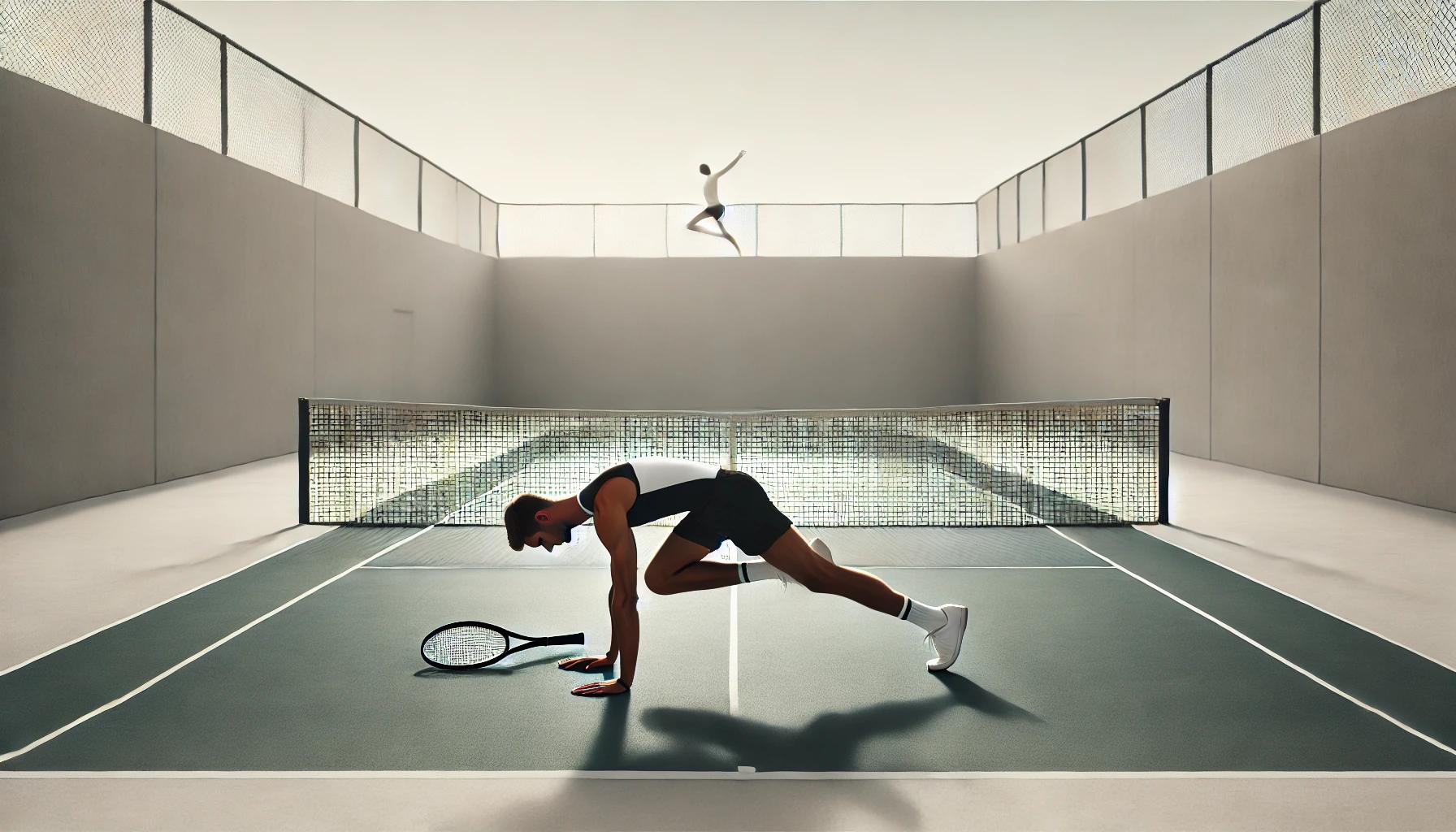Tennis is a sport that demands agility, strength, flexibility, and mental sharpness. To excel on the court, players need a combination of physical prowess and mental focus. Incorporating yoga into a tennis training regimen can significantly enhance performance by improving flexibility, strengthening key muscle groups, and fostering mental clarity. This article explores the benefits of yoga for tennis players, with a focus on improving serve and overall flexibility.
Benefits of Yoga for Tennis Players
Enhanced Flexibility
1. Increased Range of Motion: Yoga helps lengthen and stretch muscles, improving flexibility and allowing for a greater range of motion. This flexibility is crucial for reaching difficult shots and maintaining fluid movements on the court.
2. Injury Prevention: Improved flexibility reduces the risk of injuries, such as muscle strains and joint sprains, by ensuring that muscles and tendons are more pliable and resilient.
Improved Serve
1. Core Strength: A powerful serve relies heavily on a strong core. Yoga poses that engage the abdominal and lower back muscles help build core strength, providing the stability needed for a consistent and powerful serve.
2. Shoulder Flexibility and Strength: The shoulder joint is critical in tennis, particularly for serving. Yoga poses that stretch and strengthen the shoulders can enhance serve velocity and accuracy while reducing the risk of shoulder injuries.
Better Balance and Coordination
1. Enhanced Proprioception: Yoga improves proprioception, which is the body’s ability to sense its position in space. This heightened body awareness leads to better balance and coordination, essential for quick changes in direction and maintaining stability during play.
2. Stability: Yoga poses that challenge balance, such as Tree Pose and Warrior III, help develop stability, which is crucial for maintaining proper form and executing powerful shots.
Mental Focus and Stress Reduction
1. Mindfulness and Concentration: Yoga incorporates mindfulness techniques that enhance mental focus and concentration. These practices help players stay present and composed during matches.
2. Stress Relief: Yoga reduces stress and anxiety through controlled breathing and relaxation techniques, helping players manage pre-match nerves and maintain a positive mindset.
Key Yoga Poses for Tennis Players
1. Downward-Facing Dog (Adho Mukha Svanasana)
Benefits:
- Stretches the hamstrings, calves, and shoulders
- Strengthens the arms and legs
- Relieves tension in the spine and lower back
How to Perform: Start on your hands and knees. Lift your hips towards the ceiling, forming an inverted V-shape with your body. Press your heels towards the ground and keep your arms straight. Hold for 1-3 minutes, focusing on deep, even breaths.
2. Pigeon Pose (Eka Pada Rajakapotasana)
Benefits:
- Deeply stretches the hip flexors and glutes
- Relieves lower back tension
- Improves hip mobility
How to Perform: Begin in a tabletop position. Bring your right knee forward towards your right wrist and extend your left leg straight back. Lower your hips towards the floor and keep your hips squared forward. You can stay upright or fold forward over your front leg. Hold for 1-3 minutes, then switch sides.
3. Warrior II (Virabhadrasana II)
Benefits:
- Strengthens the legs and core
- Improves balance and stability
- Enhances focus and endurance
How to Perform: Start in a standing position. Step your right foot back about 4 feet, turning it perpendicular to your front foot. Bend your left knee, keeping it over your ankle. Extend your arms out to the sides, parallel to the floor, and gaze over your left hand. Hold for 1-3 minutes, then switch sides.
4. Plank Pose (Phalakasana)
Benefits:
- Strengthens the core, shoulders, and arms
- Improves overall stability and endurance
- Enhances balance and posture
How to Perform: Start in a push-up position with your hands directly under your shoulders and your body forming a straight line from head to heels. Engage your core and hold the position for 30 seconds to 1 minute, maintaining a steady breath.
5. Bridge Pose (Setu Bandhasana)
Benefits:
- Strengthens the glutes, hamstrings, and lower back
- Stretches the chest and hip flexors
- Improves posture and core stability
How to Perform: Lie on your back with your knees bent and feet flat on the floor, hip-width apart. Press your feet and arms into the ground as you lift your hips towards the ceiling. Interlace your hands beneath your back and hold for 1-3 minutes, breathing deeply.
Incorporating Yoga into Tennis Training
Warm-Up and Cool-Down
- Dynamic Warm-Up: Use yoga poses as part of your warm-up routine to prepare your muscles and joints for intense activity.
- Cool-Down: Incorporate yoga into your cool-down to promote recovery and reduce muscle soreness.
Regular Practice
- Consistency: Practice yoga consistently, at least 2-3 times a week, to maintain flexibility, strength, and mental focus.
Focus on Breath
- Breath Control: Maintain steady, controlled breathing during yoga poses to enhance focus and relaxation.
Conclusion
Yoga offers tennis players a comprehensive approach to improving serve, flexibility, and overall performance. By incorporating yoga into their training routines, players can enhance their physical abilities, prevent injuries, and maintain mental clarity and focus. Whether you are a professional tennis player or an enthusiastic amateur, yoga provides valuable tools to help you excel on the court and enjoy a healthier, more balanced approach to your sport.
